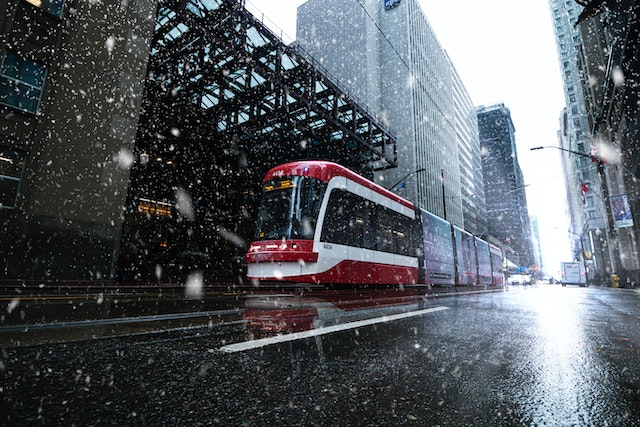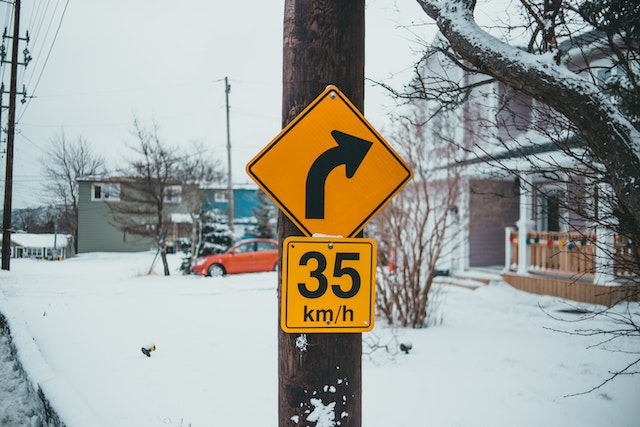Winter Driving Tips

The following tips can help in dealing with icy and snowy conditions to make sure you arrive safely this holiday and winter season.
-
Slow downSnow and ice can make roads slippery and reduce visibility, so it is important to slow down and allow yourself extra time to react to changing road conditions. Allow extra time to reach your destination and reduce your speed. It takes longer to stop on slippery roads, and driving too fast can cause you to lose control of your vehicle.
-
Use winter tiresWinter tires are designed to provide better traction on cold, snowy, and icy roads. Consider investing in a set of winter tires if you will be driving in these conditions often this season.
-
Clear snow and ice from your vehicleMake sure to clear all snow and ice from your vehicle before driving, including from the hood, roof, windows, and lights. This will improve your visibility and make it easier for other drivers to see you.
-
Check your vehicleMake sure your vehicle is in good working order before embarking on a winter road trip. This includes checking your tires, brakes, lights, and windshield wipers, as well as making sure you have enough antifreeze and windshield washer fluid. Keep your gas tank at least half full to prevent the fuel line from freezing.
-
Use your brakes carefullyWhen braking on slippery or icy roads, use a gentle pumping motion to apply pressure to your brakes. This will help to prevent your wheels from locking up and keep your vehicle under control.
-
Keep an emergency kit in your vehicleThis should include warm clothing and blankets, a flashlight with extra batteries, a first aid kit, a shovel, and non-perishable food and water.
-
Stay informedKeep an eye on the weather forecast and road conditions, and adjust your driving accordingly. Consider using a weather app or tuning into a local radio station to stay up-to-date on the latest weather and road conditions.
-
Stay alertWinter driving conditions can be unpredictable, so it is important to stay alert and be prepared to react to changing conditions. Keep a safe distance from other vehicles and be ready to brake or steer around obstacles.

